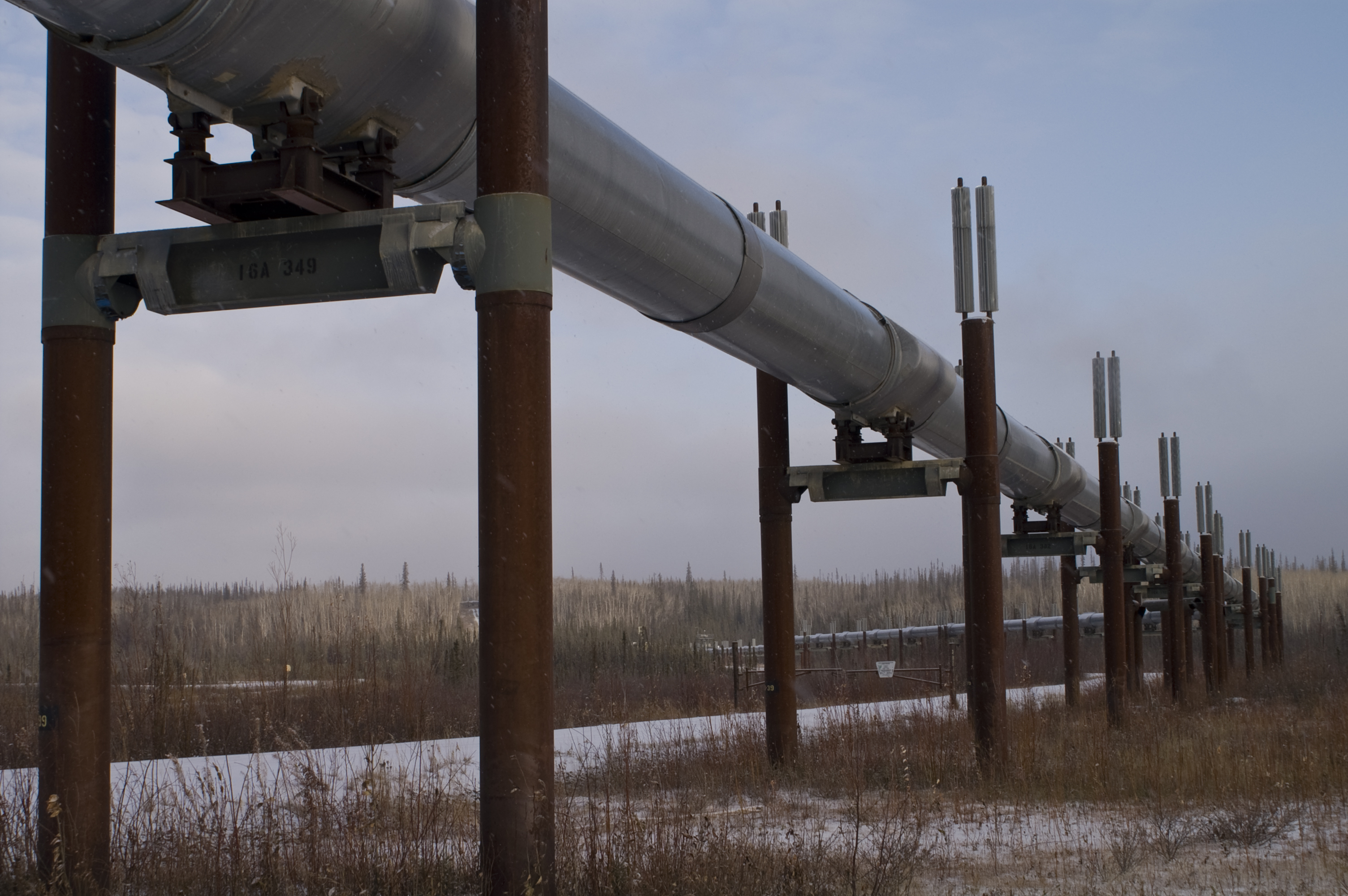January 2011 Vol. 238 No. 1
In The News
Alaska Report Calls For Improved Leak-Detection Technology On North Slope

Nearly every week on average since 1995, the North Slope oil fields have had a spill from a pipeline, a well, a tank or other equipment, according to a study by the Alaska Department of Environmental Conservation published last month in the Anchorage Daily News. That could be mitigated by close leak detection and pipeline regulation that might reduce the size and frequency of the spills, the study said.
BP Alaska spokesman Steve Rinehart said he hadn’t seen the agency’s report yet, but said the company has an aggressive leak-detection and maintenance program on the Slope.
“We’ve done more than 220,000 external and internal inspections so far in 2010 on the pipelines and other facilities on the Slope. It’s a big job and we are all over it,” he said.
The average spill was 1,915 gallons but spills ranged from less than a gallon to 241,038 gallons. Older pipelines failed more often than younger pipelines with a pipeline in service for 30 years having a 31% probability of leaking and a 5-year-old pipeline having a 3% probability of leaking.
The agency said the pipelines requiring the most attention are flow lines. These lines, which carry a combination of oil, natural gas and water from production wells to processing plants, were the largest single contributor to the 1.2 million gallons of oil and water that spilled on the Slope in the 15-year period. Flow lines accounted for 267,102 gallons of the liquids that spilled, or 22%.
The most common reason flow lines leaked was external corrosion, said the agency, explaining that some of the North Slope’s largest spills flow out of small holes in pipelines that go undetected for a long period of time.
Only one spill from a North Slope oil transit line or flow line has ever been discovered using the leak-detection equipment installed by oil companies. The rest were discovered by workers, the study found.
North Slope operators confirmed that their most reliable leak detectors were people rather than equipment, the study said in recommending increasing the amount of human inspection of pipelines where possible and investigating better technology for detecting leaks.





Comments